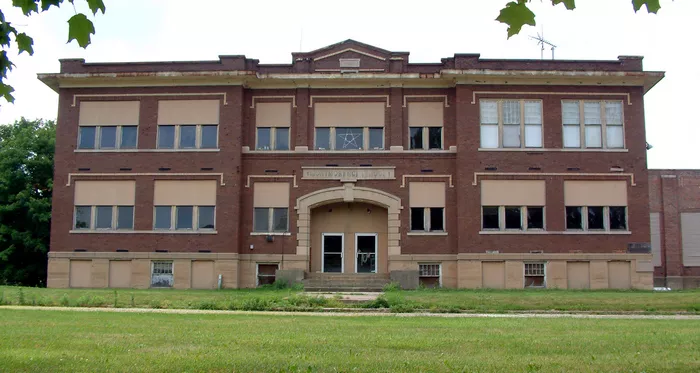1. P2 Visa Overview:
The P2 visa category is designed for artists and entertainers who are participating in a reciprocal exchange program in the United States. The primary purpose of the P2 visa is to facilitate cultural exchange by allowing artists and entertainers to share their talents and skills with American audiences. This visa category promotes cultural understanding and collaboration between the United States and other countries.
Eligibility for a P2 visa is limited to individuals who are part of a reciprocal exchange program. This means that artists and entertainers from foreign countries can come to the United States to perform or teach, while American artists and entertainers can similarly participate in cultural activities abroad.
Differentiating the P2 visa from other similar categories is essential for applicants to understand. While the P1 visa is also for entertainers and artists, it is intended for those who are part of internationally recognized entertainment groups. On the other hand, the O1 visa is for individuals with extraordinary ability or achievement in their field, including arts and entertainment.
2. Eligibility Requirements:
To qualify for a P2 visa, individuals must meet specific requirements. Firstly, they must be coming to the United States to participate in a reciprocal exchange program. This means that there must be an agreement or arrangement between organizations or entities in the U.S. and the foreign country for the exchange of artists and entertainers.
Additionally, applicants must possess the necessary skills, experience, or qualifications to participate in the cultural exchange program. This may include having a certain level of proficiency or recognition in their artistic or entertainment field.
3. Application Process:
The application process for a P2 visa involves several steps:
Find a U.S. employer or sponsoring organization: The first step is to secure a job offer or invitation from a U.S. employer or sponsoring organization that is part of the reciprocal exchange program.
Complete Form I-129: The petitioner (U.S. employer or sponsoring organization) must file Form I-129, Petition for a Nonimmigrant Worker, with U.S. Citizenship and Immigration Services (USCIS). This form serves as the official request for the P2 visa classification on behalf of the applicant.
Submit supporting documentation: Along with Form I-129, the petitioner must provide supporting documentation, such as evidence of the reciprocal exchange program, contracts, itineraries, and any other relevant information.
Applicant completes Form DS-160: Once the petition is approved by USCIS, the applicant must complete Form DS-160, Online Nonimmigrant Visa Application, through the Department of State’s Consular Electronic Application Center (CEAC).
Schedule and attend a visa interview: After completing Form DS-160, the applicant must schedule and attend a visa interview at the nearest U.S. embassy or consulate in their home country.
Pay the visa application fee: Applicants are required to pay a non-refundable visa application fee. The fee amount may vary depending on the applicant’s nationality and the type of visa being sought.
Attend the visa interview: During the visa interview, the consular officer will assess the applicant’s eligibility for the P2 visa and verify the information provided in the application.
Wait for visa issuance: If the visa application is approved, the applicant will receive their passport with the P2 visa stamp, allowing them to travel to the United States for the duration of their approved stay.
4. Required Documentation:
Applicants for a P2 visa must provide a range of supporting documents to demonstrate their eligibility and qualifications. These may include:
Evidence of the reciprocal exchange program, such as a formal agreement or contract between participating organizations in the U.S. and the foreign country.
Contracts or letters of agreement outlining the terms and conditions of the applicant’s employment or participation in cultural activities in the United States.
Documentation proving the applicant’s skills, experience, or qualifications in their artistic or entertainment field, such as awards, certificates, or reviews.
Itinerary detailing the dates, locations, and nature of the cultural exchange activities the applicant will be engaged in while in the United States.
Any other relevant documentation requested by USCIS or the consular officer during the visa application process.
It is crucial for applicants to ensure that all documentation is accurate, complete, and up-to-date. Incomplete or insufficient documentation could result in delays or denial of the visa application.
Conclusion
In conclusion, applying for a P2 visa requires careful attention to detail and adherence to the specific requirements and procedures outlined by USCIS and the Department of State. By understanding the eligibility criteria, completing the necessary forms and documentation, and being prepared for the visa interview, artists and entertainers can increase their chances of obtaining a P2 visa to participate in cultural exchange programs in the United States.
FAQs
How do I apply for P1 and P2 visas?
To apply for a P1 or P2 visa, you’ll need a U.S.-based employer or sponsor to file Form I-129, Petition for a Nonimmigrant Worker, with USCIS. Additionally, you’ll need to meet specific eligibility criteria related to your field of work or performance.
What is the difference between P2 and P3 visas?
P2 visas are for artists and entertainers participating in reciprocal exchange programs, while P3 visas are for culturally unique performers, teachers, and artists coming to the U.S. to develop, interpret, represent, coach, or teach their art form.
How do I get an artist visa for the USA?
To get an artist visa (O-1 visa), you must demonstrate extraordinary ability or achievement in your field, supported by substantial evidence. This includes awards, critical acclaim, or substantial income from your work. You’ll need a U.S. employer or agent to file Form I-129 on your behalf.
Related topics:




















